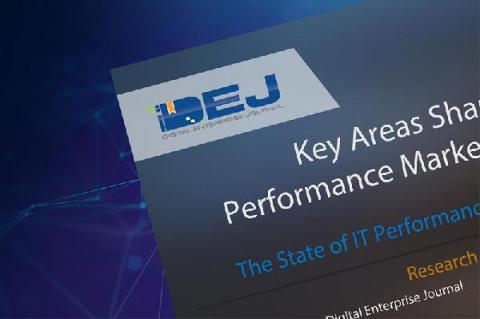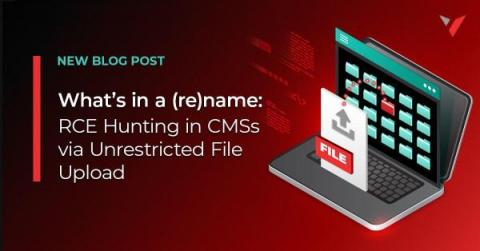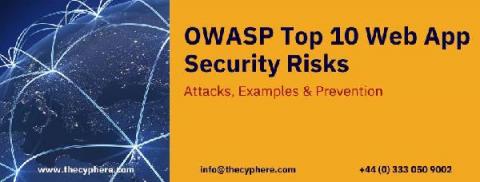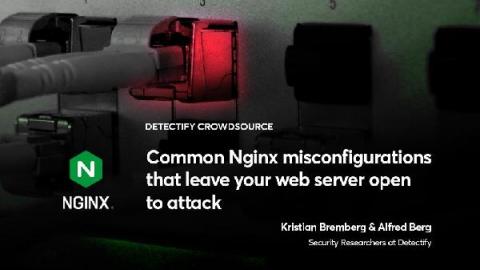Avionics Safety and Secured Connectivity: A Look at DO-326A/ED-202A, DO-355 and DO-356
One of the major improvements that the avionics industry is undergoing is an Internet of Things (IoT) upgrade. And this is inevitably affecting how airlines approach aircraft safety. From the beginning, safety has been paramount to the aviation industry. But while it is a welcome innovation, the incorporation of IoT devices in aircraft comes with attendant challenges that are not unrelated to cybersecurity risks. Safety for aircraft no longer rests upon physical security.










